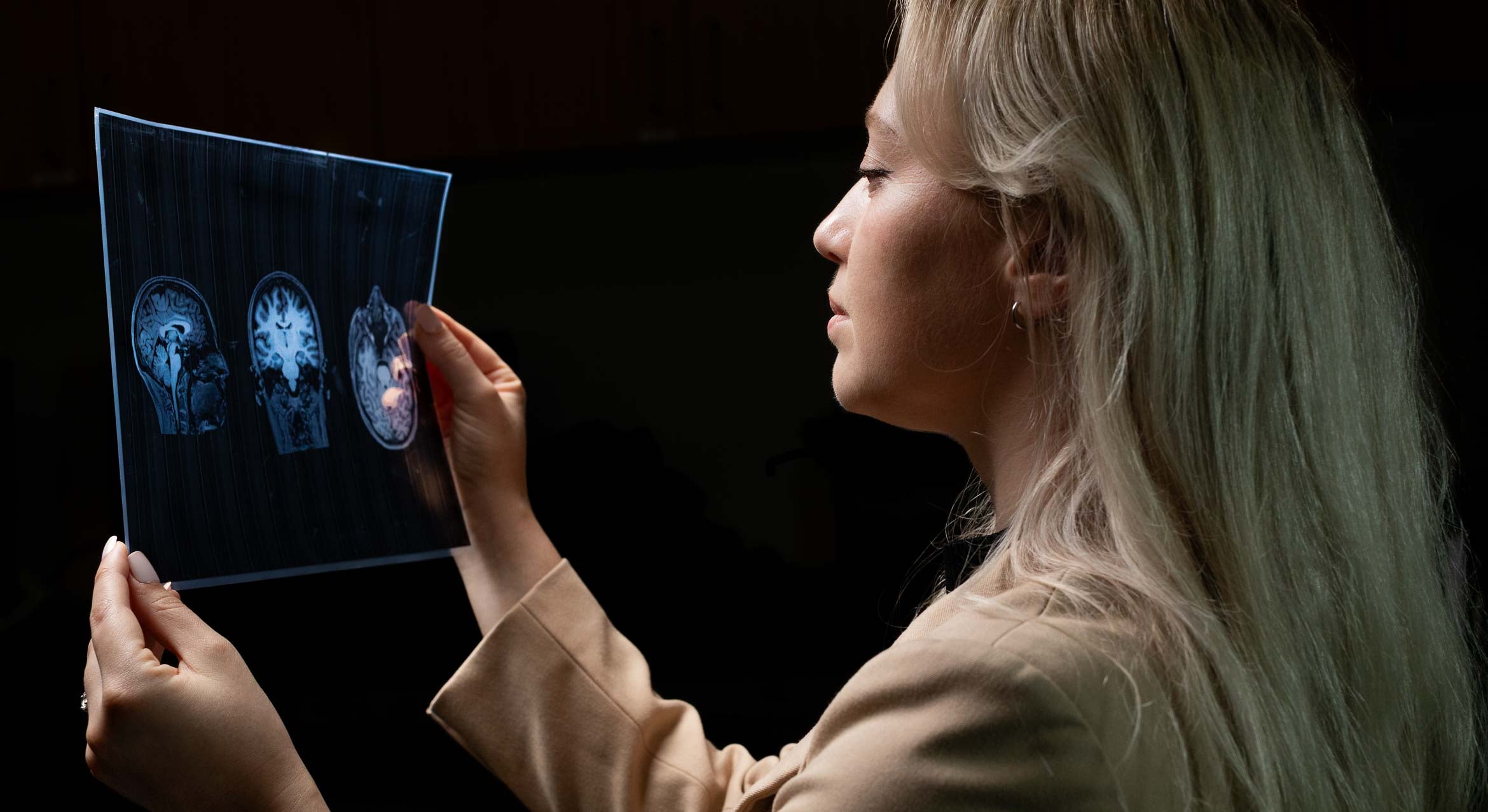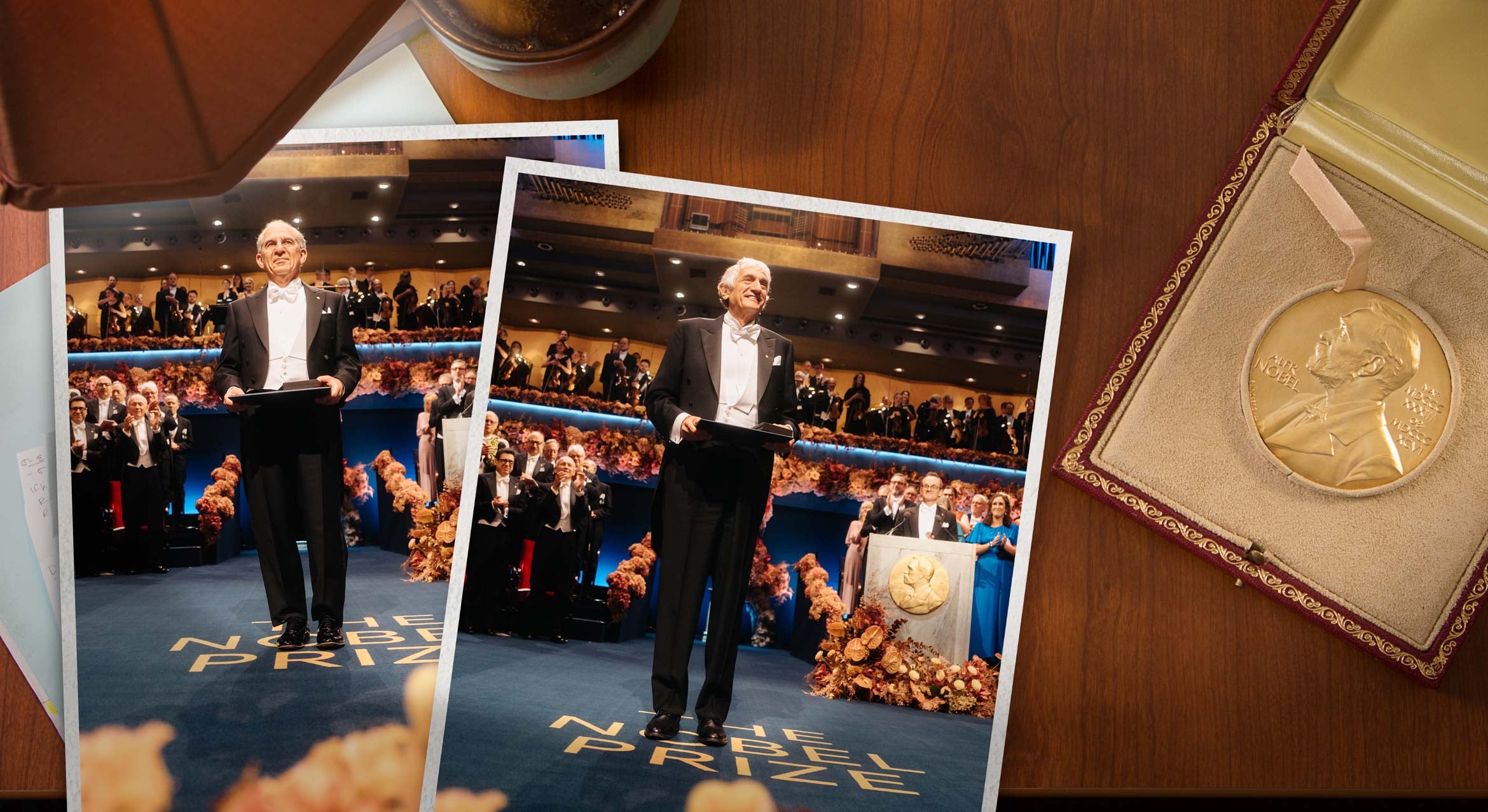
Inspiration in the Stars
Looking to the stars for inspiration, astrophysicist Lars Bildsten, director of UC Santa Barbara’s Kavli Institute for Theoretical Physics, favors astrophysical problems where copious amounts of data allow for new insights and quantitative measurements.
It’s a winning approach — one that has earned him the 2017 Dannie Heineman Prize for Astrophysics, awarded jointly by the American Institute of Physics and the American Astronomical Society. Bildsten has been recognized “for his leadership and observationally grounded theoretical modeling that has yielded fundamental insights into the physics of stellar structure and evolution, compact objects and stellar explosions.”
“We are so proud that Professor Bildsten has been recognized among the most brilliant stars in astrophysics,” said Chancellor Henry T. Yang. “This high honor celebrates his outstanding research and tremendous impact in his field, specifically in the area of theoretical astrophysics of stellar evolution and explosion. Our campus is beyond fortunate to have such a physics giant leading our Kavli Institute for Theoretical Physics.”
“The Heineman Prize is a major recognition in the field of astrophysics, so it was very satisfying to be acknowledged by peers for my work,” Bildsten said. “I draw inspiration both from observational data, where rich, unexplored treasures exist, and from an excellent group of graduate students and long-term collaborators who push me in new directions.”
As a stellar astrophysicist, Bildsten is now exploring the lifespan of binary stars, systems consisting of two stars — one more massive than the other — orbiting around each other. The star with the larger mass burns its fuel more rapidly than does the lower-mass star and becomes a red giant. This expansion in radius eventually leads to mass transfer to the lower-mass star. “Sometimes the tides are big enough that material gets pulled off and added on to the lower-mass star, creating mass exchange,” Bildsten explained. “That mass transfer can lead to many, many different types of astrophysical outcomes that we are exploring. Sometimes it leads to rapid variability as the matter tries to spiral its way down onto the compact object. That’s when we find the objects as variable stars in the sky.
“Other times, mass transfer adds enough material to cause the star to undergo a rapid thermonuclear transition in a matter of minutes,” Bildsten continued. “Then we get a supernova that is brighter than the galaxy it’s in for a month. The possible outcomes from mass transfer are so diverse that any you can understand better is great progress.”
For the last five years, Bildsten also has been involved with the Palomar Transient Factory, a Caltech led observational collaboration. Bildsten’s prime interest has been interpreting its observational data when puzzles appear. For example, using information from the survey, he and Dan Kasen, a professor at UC Berkeley, developed a model to explain supernovae 100 times brighter than normal. The challenge was identifying the new energy source for these supernovae, which they hypothesize to be the rapid loss of rotational energy of a newly formed and highly magnetic neutron star.
“This is the only existing hypothesis for how this ultrabright phenomenon occurs,” Bildsten said. “But we didn’t have the idea randomly; we drew inspiration from the observations.”
In the near future, Bildsten will be working with the Zwicky Transient Facility, a project led by Caltech professor Shri Kulkarni, which will examine the northern sky many times per night. This increased frequency will allow astronomers to both detect supernovae soon after they explode and find those that may last for only a few nights.
“If you’re looking every four hours during the dark time, you’ll see things that weren’t there the night before,” Bildsten said. “So that is going to lead to different types of data that we haven’t had before.”



